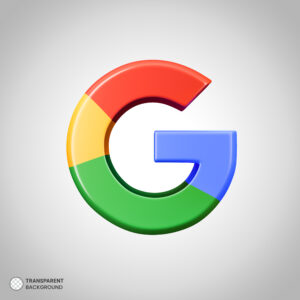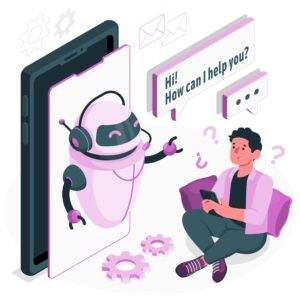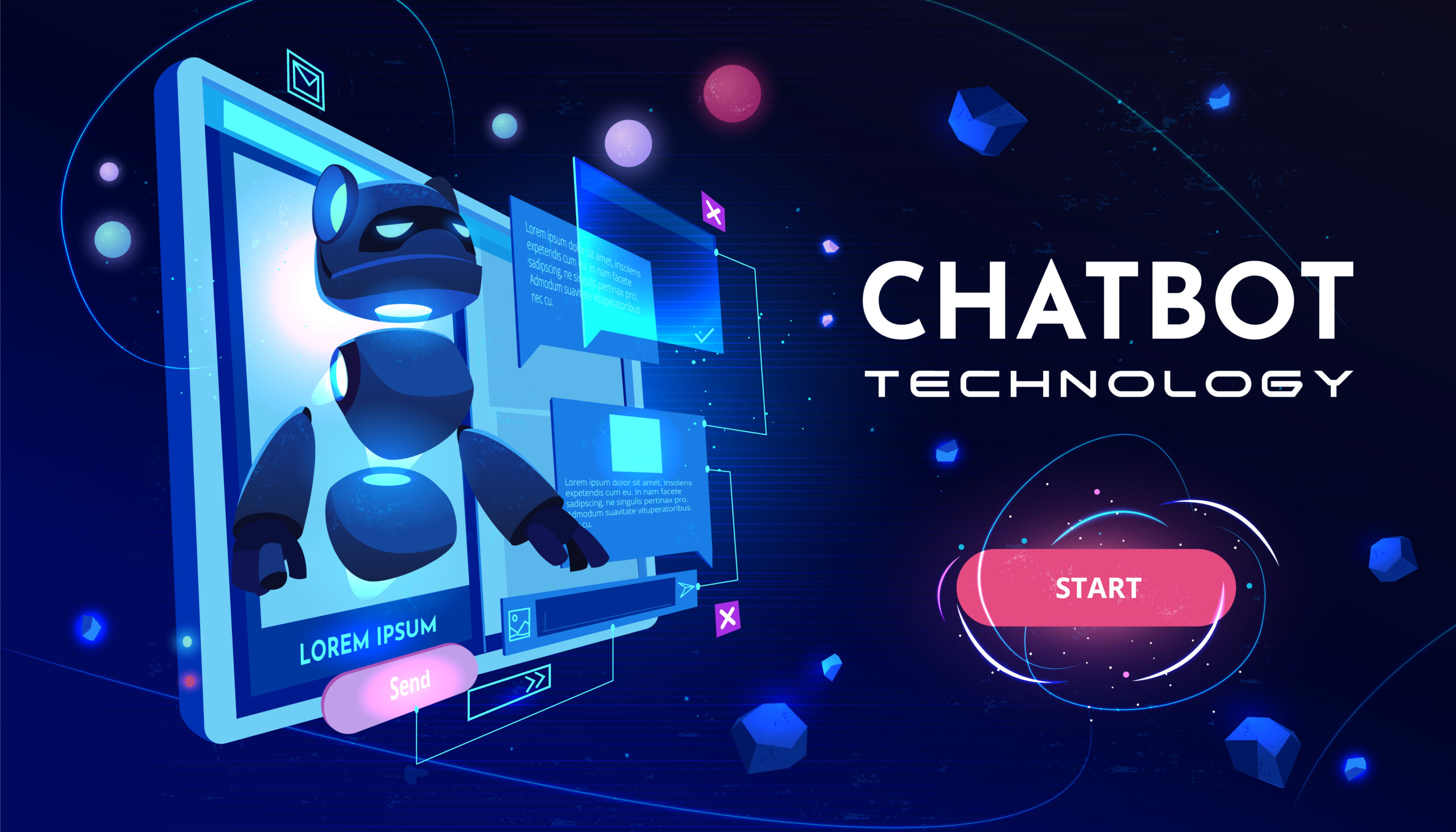The world of artificial intelligence has seen rapid advancements in recent years, with numerous tech giants releasing their own AI chatbot platforms. In this article, we will delve into an in-depth comparison of two leading AI chatbots: Google Bard AI vs ChatGPT, exploring their key features, differences, and applications. By examining these AI titans, we aim to provide you with a comprehensive understanding of their capabilities and help you make an informed decision on which platform suits your needs best.
The Emergence of AI Chatbots
In November 2022, OpenAI released ChatGPT, a groundbreaking AI chatbot that quickly gained popularity. Not long after, in March 2023, Google launched its answer to ChatGPT with Bard AI. Both platforms have since become prominent AI chatbot solutions, offering unique features and capabilities.
Google Bard AI vs ChatGPT: A Head-to-Head Comparison
1. Data Sources and Training
The most significant difference between Google Bard AI and ChatGPT lies in their respective data sources and training methodologies.
Google Bard AI:
Bard AI utilizes an “infiniset” of data designed to enhance its dialogue capabilities. It has real-time access to the internet, which allows it to stay up-to-date and provide relevant answers in response to user queries.

ChatGPT:
On the other hand, ChatGPT is trained on a pre-defined set of data that hasn’t been updated since 2021. It relies on sources such as Common Crawl, Wikipedia, news articles, and documents.
2. Response Generation
Both Bard AI and ChatGPT can generate complex answers to multi-faceted queries. However, their approaches to generating responses vary due to their distinct training methodologies.
Google Bard AI:
Bard AI’s real-time access to the internet allows it to provide more current and accurate answers. It often leverages the latest information available to generate its responses.
ChatGPT:
While ChatGPT can also provide comprehensive answers, it may sometimes lack the most up-to-date information due to its static data set.
3. Language Models
Google Bard AI and ChatGPT are powered by different language models, which contribute to their unique response generation methods.

Google Bard AI:
Bard AI is built on a proprietary language model developed by Google. This model is tailored to optimize the chatbot’s conversational abilities.
ChatGPT:
ChatGPT is based on the GPT (Generative Pre-trained Transformer) model, a widely used and popular language model that has proven effective in generating human-like text.
4. Customization and Integration
Both platforms offer various customization and integration options, making it easy for businesses to incorporate them into their existing workflows.
Google Bard AI:
Bard AI allows for extensive customization of its responses, enabling businesses to tailor the chatbot to their specific needs. It also offers seamless integration with Google’s suite of products and services, such as Google Workspace and Google Cloud.
ChatGPT:
ChatGPT also provides customization options, as well as integration with a variety of platforms and tools. OpenAI’s API makes it easy for developers to build custom applications using ChatGPT.
5. Applications and Use Cases
Google Bard AI and ChatGPT both have a wide range of applications and use cases, spanning various industries and sectors.
Google Bard AI:
Some popular use cases for Bard AI include customer support, content generation, virtual assistants, and data analysis. Its ability to access real-time information makes it particularly well-suited for applications that require up-to-date knowledge.
ChatGPT:
ChatGPT is commonly used for tasks such as question-answering, content writing, customer support, and virtual assistance. Its versatility makes it an attractive option for a variety of industries.
6. Pricing and Accessibility
Both Google Bard AI and ChatGPT offer competitive pricing structures and accessibility options.
Google Bard AI:
Bard AI’s pricing is based on usage, with various tiers available to accommodate different business sizes and needs. It also offers a free tier for limited usage, making it accessible to smaller businesses and individual users.
ChatGPT:
ChatGPT offers a subscription-based pricing model, with multiple tiers catering to different user requirements. A free tier is also available, allowing users to test the platform before committing to a paid plan.
7. Language Support
Both platforms support multiple languages, making them suitable for businesses operating in different regions.
Google Bard AI:
Bard AI supports an extensive list of languages, thanks to Google’s vast language model capabilities. This makes it particularly attractive for businesses with a global presence.
ChatGPT:
ChatGPT also supports multiple languages, although its language support may not be as extensive as Bard AI’s. However, its language capabilities are continually improving as OpenAI releases updates.
8. Security and Compliance
Security and compliance are crucial factors to consider when choosing an AI chatbot platform, as businesses must ensure that their data is protected and compliant with relevant regulations.
Google Bard AI:
As a Google product, Bard AI adheres to strict security and compliance standards. Users can trust that their data is secure and compliant with industry regulations.
ChatGPT:
OpenAI also maintains a strong focus on security and compliance. ChatGPT users can expect their data to be protected and compliant with necessary regulations.
9. Developer Community and Support
A strong developer community and support network are essential for the success of any AI chatbot platform.
Google Bard AI:
Google offers extensive documentation and support for Bard AI, as well as a vibrant developer community. Users can access resources and support to help them get the most out of the platform.
ChatGPT:
OpenAI has a dedicated developer community, with numerous resources, documentation, and support channels available for ChatGPT users. This ensures a smooth experience for developers working with the platform.
10. The Future of AI Chatbots
As AI technology continues to evolve, both Google Bard AI and ChatGPT are expected to see significant advancements and improvements.
Google Bard AI:
Google is constantly investing in its AI capabilities, and Bard AI is expected to benefit from these advancements. Users can anticipate new features, improved performance, and more extensive language support in the future.
ChatGPT:
OpenAI is also committed to advancing its AI technology. ChatGPT users can expect ongoing updates and enhancements, including improvements to language support, response generation, and customization options.
Conclusion
In the battle of Google Bard AI vs ChatGPT, both platforms offer unique advantages and capabilities. Choosing the right platform depends on your specific needs, preferences, and desired features. By considering factors such as data sources, response generation, customization options, and pricing, you can make an informed decision on whether Bard AI or ChatGPT is the best fit for your business.
FAQs
Q: Can Google Bard AI generate content other than poems and song lyrics?
A: Currently, Google Bard AI focuses on creative outputs like poems, song lyrics, and storytelling. However, future updates might introduce new capabilities.
Q: Can ChatGPT be integrated into customer support systems?
A: Yes, ChatGPT is highly suitable for integration into customer support systems, providing conversational and contextually relevant responses to users.
Q: Are Google Bard AI and ChatGPT available for personal use?
A: Yes, both Google Bard AI and ChatGPT are accessible for personal use, allowing individuals to explore their capabilities and engage in creative or interactive conversations.
Q: How do Google Bard AI and ChatGPT handle offensive or inappropriate content?
A: Both chatbots have measures in place to avoid generating offensive or inappropriate content. However, occasional errors may occur, and user feedback helps improve their filtering systems.
Q: Can ChatGPT understand and respond in languages other than English?
A: While ChatGPT is primarily trained on English data, it can understand and generate responses in multiple languages, although the quality may vary depending on the language.

